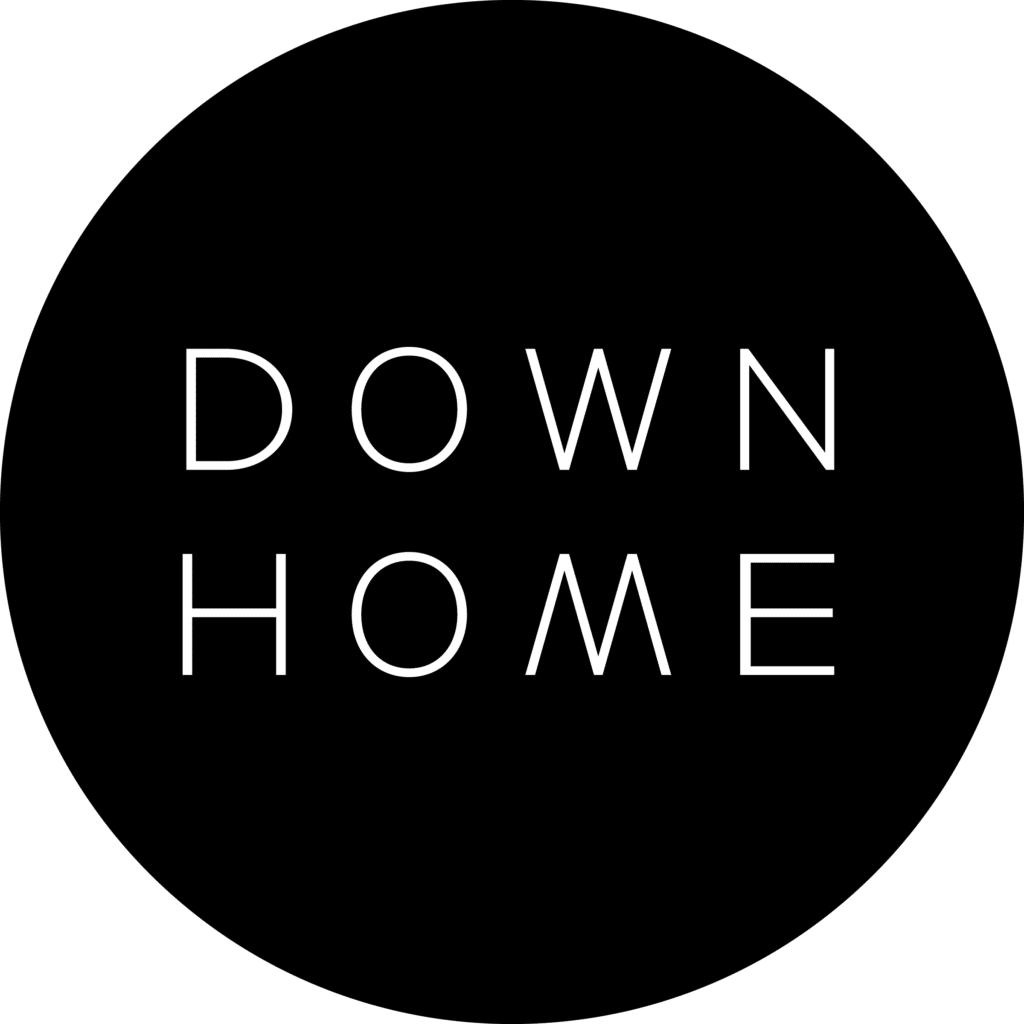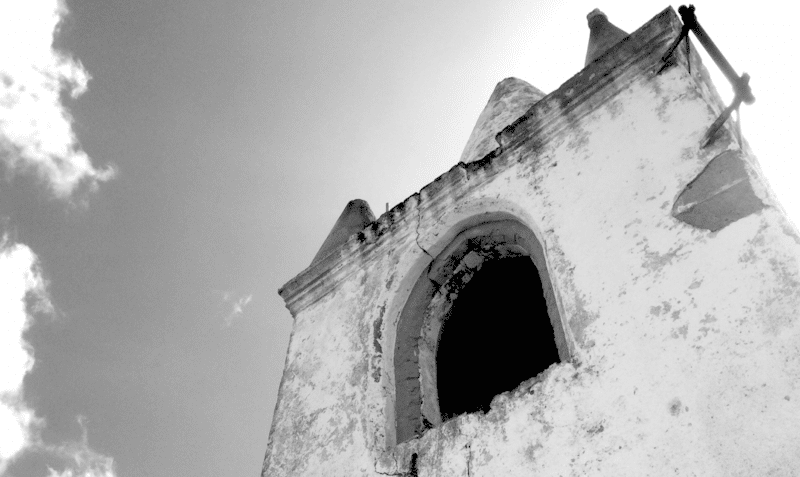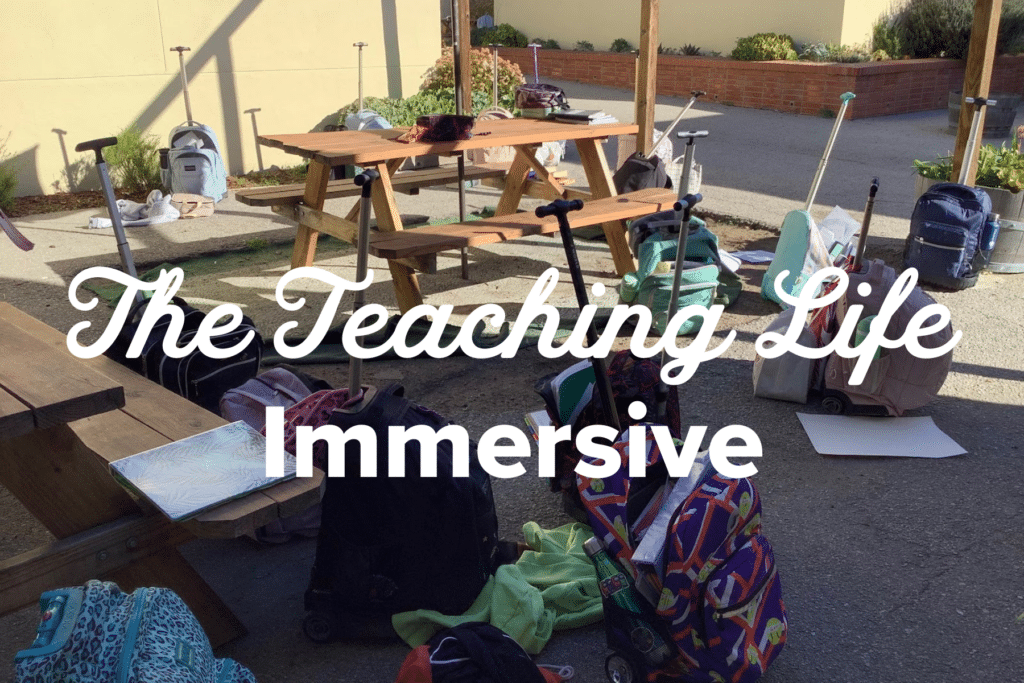“We see death coming into our midst like a black smoke, a plague which cuts off the young, a rootless phantom which has no mercy for fair countenance. Woe to me is the shiling of the armpit…It is the form of an apple, like the head of an onion, a small boil that spares no-one. Great is its seething, like a burning cider, a grievous thing of ashy colour…They are similar to the seeds of black peas, broken fragments of brittle sea coa…cinders of the peelings of the cockle weed, a mixed multitude, a black plague like half pence, like berries…” -Ieuan Gethin, Welsh poet
Europe, for the better part of the 13th century, had experience rich harvest and had increased in population. By the end, a season of cataclysmic changed had started. European weather experienced climate change, the environment was colder and wetter. There were heavy storms and nonstop rain. Crops and Orchards developed root rot. Trade routes were affected by all the ice. Destroyed harvest meant less food. People and animals suffered from the famine and a good percentage of the population were killed. Not too long after the Great Famine came the Black Death also called the Bubonic Plague. In the next couple of week, we’ll look into the Black Death, learning about its origin, cause, effects, and the economic consequences. We’ll also touch on the Peasant Revolts: the Jacquerie, the revolt of the Ciompi and other rebellions that happened between 1358-1381.
Let’s get to it…
Resource Links:
The Black Death | find out what doctors thought caused it and what we know today (see page 4 on the site for cures)
Everyday Life in the Middle Ages | a quick guide
Black Death Quiz | quiz yourself! If you get stuck, click on “Revise” for a helpful guide.
More about the Black Death | an overview by Khan Academy
Bubonic Plague | details by Khan Academy
3 Forms of the Plague | find out more about what Bubonic, Pneumonic, and Septicemic plagues mean
The Jacquerie | the what and the who of this important event in French history
Revolt of the Ciompi | a little overview about this Florentine history
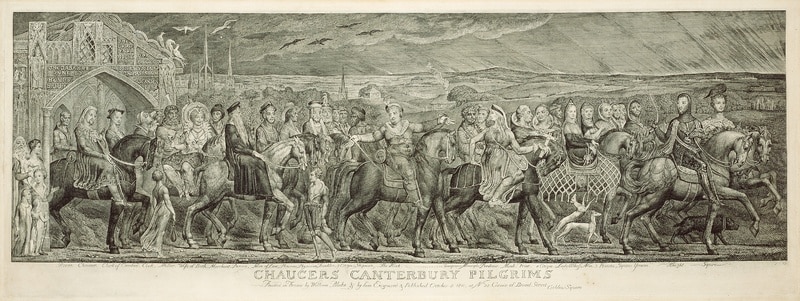
The Canterbury Tales | details by the British Library including images from the original manuscript
General Prologue of the Canterbury Tales | written in its original form
Who was Geoffrey Chaucer? | a poetry foundation article
Video Links:
*Parents, please preview for your students first.
The Spread of the Black Death | through England
How the Black Death Spread so Widely | a History.com video
The Bubonic Plague | find out about more on what it is, what happened after it ended and how to prevent future outbreaks.
The Great Plague | the plague returns! watch a video about an outbreak in London in 1665
Peasants Revolt | a review by Khan academy on what these uprisings were about
The Canterbury Tales | a Ted-Ed video about everything you need to know to read it
Canterbury Tales Reading | the first 100 lines read in Middle English
Geoffrey Chaucer | an author biography by Course Hero


